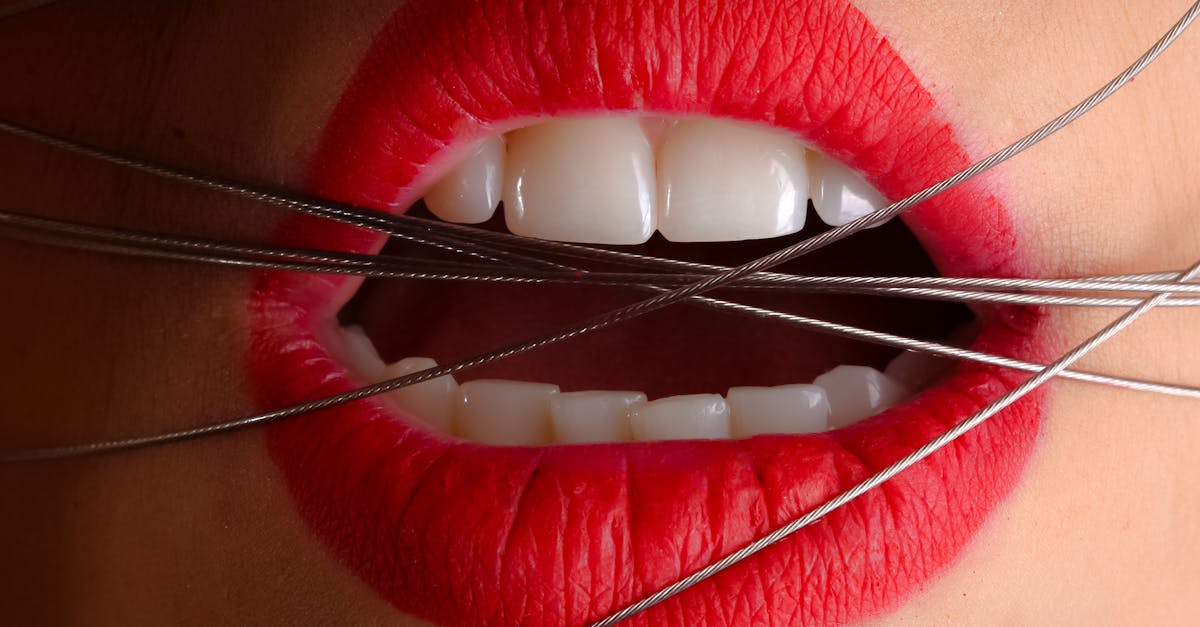Published on:
6 min read
Dental Crowns Demystified: Everything You Need to Know for a Confident Smile
Dental crowns can be a game-changer for those seeking to restore their smiles. This post will explore what dental crowns are, the different types available, and what you can expect during the procedure.

What Are Dental Crowns?
Dental crowns are custom-made caps placed over a tooth to restore its shape, size, strength, and appearance. They are often used when a tooth has undergone significant decay, injury, or wear. Crowns serve not only a functional purpose but also enhance the cosmetic appeal of the smile. The materials used for crowns can vary significantly, from porcelain and ceramics that mimic the natural look of teeth to metal alloys that offer superior durability. A common misconception is that crowns are only necessary for severely damaged teeth; however, they can also be beneficial for aesthetic reasons, such as covering discolored teeth.
Types of Dental Crowns
There are several types of dental crowns, each designed for specific needs. Porcelain crowns are favored for their natural appearance and are ideal for front teeth. Metal crowns, often made from gold or other alloys, are incredibly durable and suitable for molars where the pressure is greatest during chewing. Resin crowns are a more affordable option that can mimic the appearance of natural teeth, although they may wear down faster. There are also porcelain-fused-to-metal crowns, combining the aesthetics of porcelain with the strength of metal. When choosing a type of crown, it’s essential to discuss your specific needs and preferences with your dentist.
The Procedure and What to Expect
The process of getting a dental crown typically involves two visits to the dentist. During the first appointment, the tooth is prepared by removing decay and reshaping it to fit the crown. An impression is then taken to create a custom crown. This is followed by the placement of a temporary crown until your permanent one is ready. In the second appointment, the temporary crown is removed, and the permanent crown is cemented into place. Some patients may experience mild discomfort or sensitivity after the procedure, but this is generally temporary. It is important to follow your dentist's aftercare instructions to ensure optimal healing and longevity of your crown.
Conclusion: Smile with Confidence
Dental crowns can significantly enhance both the functionality and aesthetics of your teeth, leading to a more confident smile. Understanding the purpose, types, and procedural steps involved can demystify the experience and help you make informed decisions about your dental health. If you're considering dental crowns, consult with your dentist to find the best option tailored to your unique needs.
Published on .
Share now!










